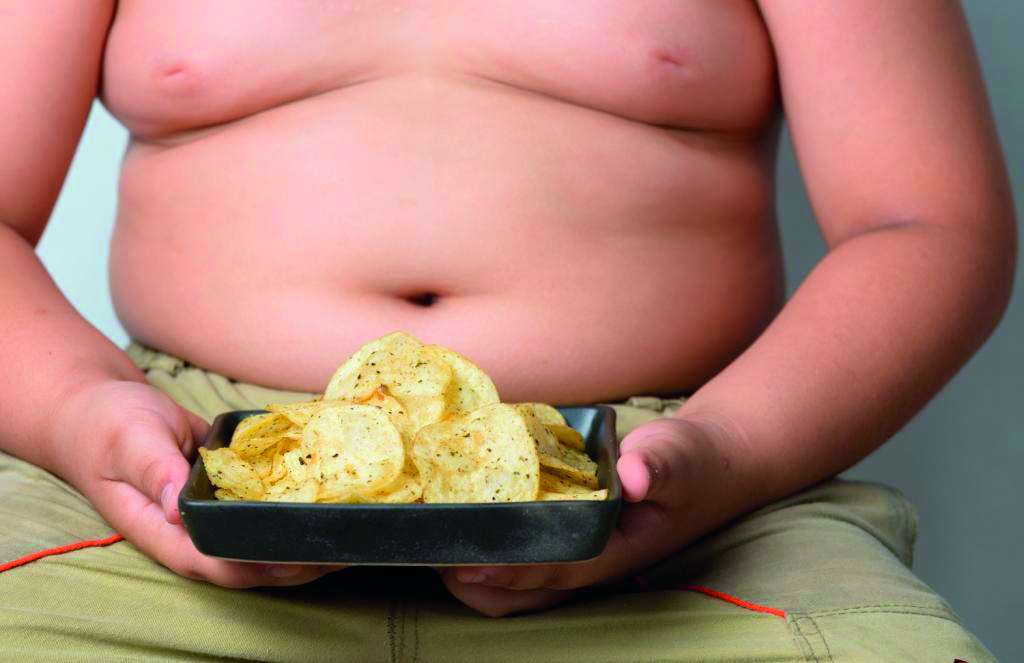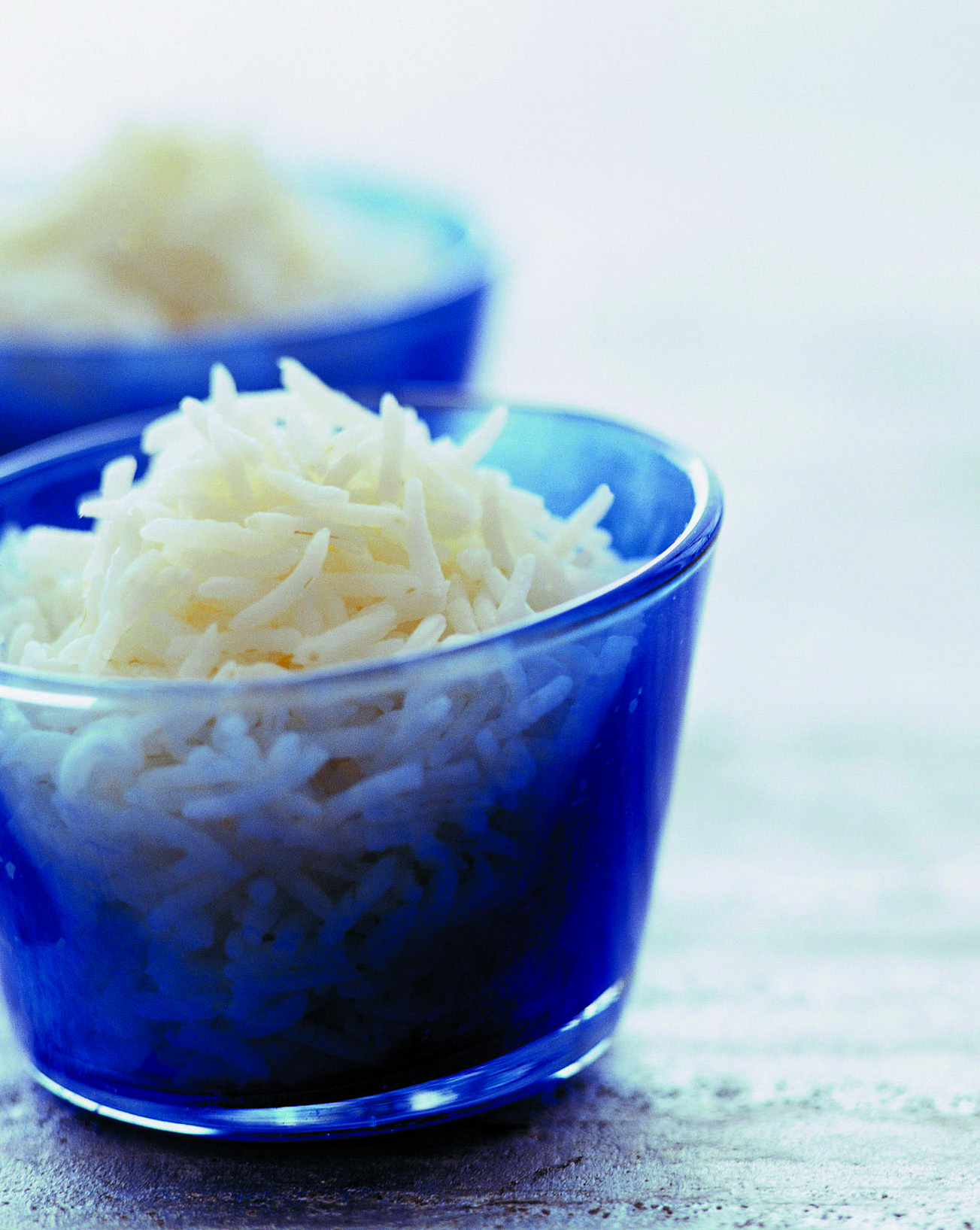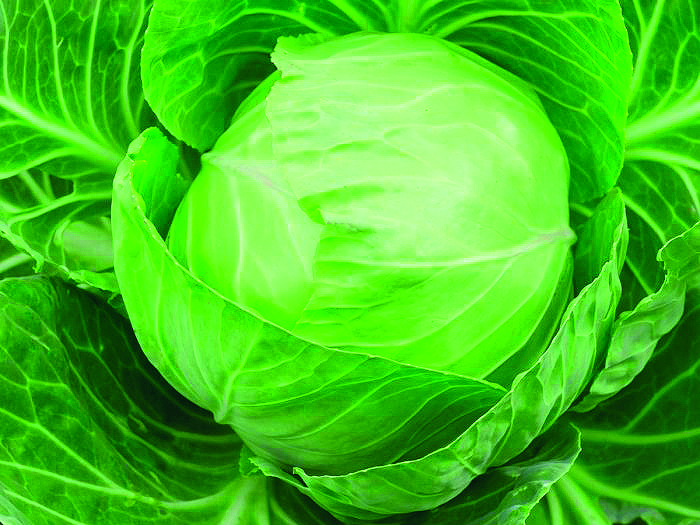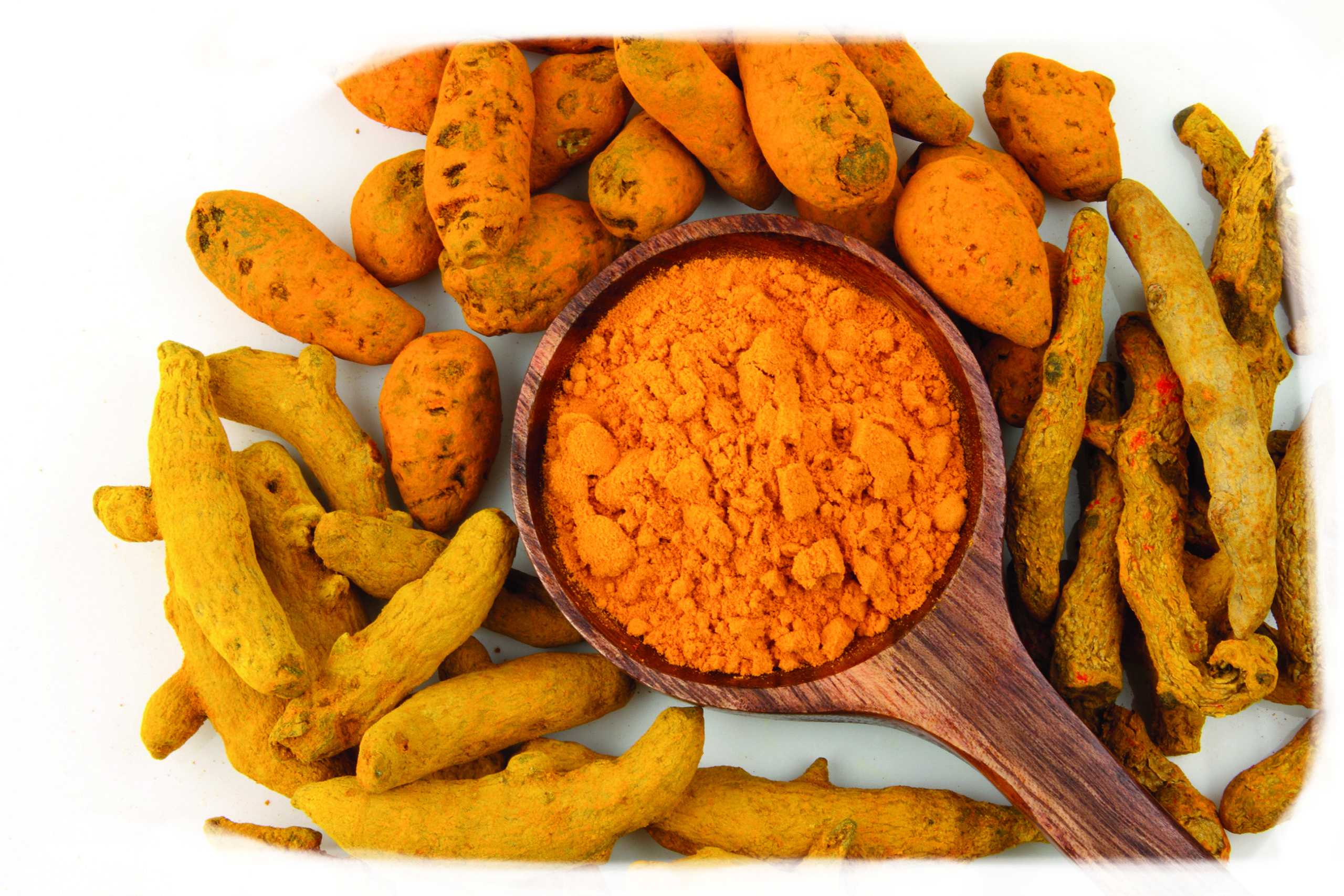A lot of us cannot help but indulge in all the sweetness that is on offer nowadays, although some may be in the form of unhealthy foods. Linked to poor diet and lack of exercise, diabetes is one of the most prevalent lifestyle diseases, affecting around 3.7 million people in the UK. Over-indulgence on cakes and other sweet treats over the festive period can raise blood sugar levels.
During winter, Type 2 diabetes symptoms can worsen but a simple dietary change can do wonders. “Curry is a great meal choice for diabetes patients to avoid blood sugar spikes,” reveals Dr Sarah Brewer, CuraLin nutritionist in a report.
“Home-made curry makes a great winter warmer, and curry spices such as cinnamon, fenugreek, chilli and turmeric have beneficial effects on glucose control,” said Dr Brewer. Dr Brewer further explains how stews full of low glycaemic-index vegetables and beans can be very good for the body during such excruciating weather. Adding this to one’s weekly meal plan can avoid blood sugar spikes.
To team up the curry, she also recommends brown or wild rice rather than white rice as the latter shoots up blood sugar levels and it contains less amount of fibre which does not aid in good bowel movement. She also advices to opt for granary-style seeded and brown wholemeal loaves, if one prefers having bread.
Elaborating on spices, Dr Brewer added, “Cinnamon contains the antioxidant polyphenols, which improves insulin sensitivity in diabetes patients, while turmeric improves the release of insulin.”
High blood sugar can be controlled by consumption of more low glycaemic index vegetables, which includes most fruits and vegetables, milk, and some wholegrain cereals and bread.
In a report, the NHS recommends eating at least five portions of fruits and vegetables every day. Diabetes patients are more at risk of some deadly complications – including heart disease and stroke – so managing their blood sugar levels is crucial.
While most people over the age of 40 fall the under the risk of becoming diabetic, other common symptoms that can be noted are unexplained weight loss, passing more urine than every day, or having cuts or wounds that take longer to heal than normal.
Data shows South Asian children more likely to be obese In a drive to fight severe obesity, which has reached an all-time high amongst 10
and 11-year-olds, Change4Life has started a campaign “Make a swap when you next shop” to create awareness and encourage parents to halve their children’s sugar intake from some everyday food and drinks.
Data shows Bangladeshi, Pakistani and Indian children aged 10 and 11 years old were the most likely to be overweight or obese. According to Public Health England (PHE), children have already exceeded the maximum recommended sugar intake for an 18-year old by the time they reach their tenth birthday,
The campaign, which was launched to support South Asian families to cut back on sugar and to help tackle growing rates of childhood obesity, is urging parents to buy products such as yoghurts, drinks and breakfast cereals by half – while giving them healthier alternatives of the foods and drinks they enjoy.
Adopting these dietary changes every day could remove around 2,500 sugar cubes per year from a child’s daily intake, but swapping chocolate, puddings, sweets, cakes and pastries with healthier options such as malt loaf, sugar-free jellies, lower-sugar custards and rice puddings would reduce risks further.
Orla Hugueniot, Campaigns Nutritionist at PHE, said, “Children are consuming too much sugar, but parents can take action now to prevent this building up over the years.”
“Overweight or obese children are more likely to be overweight or obese as adults, increasing their risk of heart disease and some cancers, while more people than ever are developing Type 2 diabetes. Overweight or obese children are more likely to be bullied and have low self-esteem. Excess sugar can also lead to painful tooth decay,” added Orla.
Nutritionist Azmina Govindji, said, “It’s important we as a community understand the sugar content in popular cultural foods and make changes to address the problem of childhood obesity. With busy lives and families to support, Change4Life is offering a straightforward solution – by making simple swaps each day, children can have healthier versions of everyday foods and drinks, while significantly reducing their sugar intake.”
“Grandparents can play a significant role in their grandchildren’s diet, and we recognise that change has to come from the whole family and not just parents. That’s why the Change4Life campaign will be taking this message to the heart of the community, including places of worship, to encourage everyone to support healthier choices.”
Chef and author Anjula Devi who is passionate about creating balanced and nutritious Indian meals and is supporting the campaign said: “Most South Asian households will have a blend of western and cultural foods in their homes which can lead to a high consumption of sugary products.”
“When I cook, I try to reduce the amount of sugar and salt content in my cooking and make swaps using low fat/sugar products where I can so we can enjoy the best of both worlds,” added Anjula.
Families are encouraged to look for the Change4Life ‘Good Choice’ badge in shops, download the free Food Scanner app or search Change4Life to help them find lower sugar options.
HEALTHY SWAPS
• A sugary juice drink for a no-added sugar juice drink, to cut back from 2 cubes to half a cube
• A higher-sugar breakfast cereal (e.g. a frosted or chocolate cereal) for a lower sugar cereal, to cut back from 3 cubes to half a cube per bowl
• A higher-sugar yoghurt (e.g. split-pot) for a lower sugar one, to halve their sugar intake from 6 cubes of sugar to 3
Nutritionists believe ‘healthy’ food at supermarkets misleading
Looking for healthy food options in supermarkets? Watch out. While supermarkets pledge their commitment towards “promoting healthy eating”, findings from nutritionists and researchers suggest something else.
According to a BBC Channel 5 investigation, products available in leading supermarkets labelled as ‘healthy’ food, contain saturated fats and high salt level, which can be detrimental to health. The report quoted the British Dietetic Association saying stores including Tesco, Morrisons and Sainsbury’s were being “unhelpful” and “confusing” customers.
Researchers also found that despite being labelled “ready to eat” or “washed”, bags of cut leaves are a breeding ground for salmonella – and prepared salad is now the second-biggest cause of food poisoning in the UK.
Similarly, gluten-free breads are packed with a cocktail of additives and chemicals, including some used in the make-up and oil drilling industry, food campaigners claimed.
In another revelation, fruits available all year round, which look fine for consumption may have been harvested and taken for long-term storage into chilled warehouses filled with a mixture of gases to stop ripening.
The Royal Society for Public Health (RSPH) called for an independent supermarket regulator. “Supermarkets should be transparent about how they classify foods, and provide clear information about products,” the RSPH reportedly said.
“There must be incentives and penalties for presenting clear and accurate information. Perhaps there is potential to have an independent supermarket regulator. It is important that the good work done so far on labelling is not undermined,” it added.
A British Dietetic Association (BDA) spokesperson said supermarkets had a “duty of care” to their customers. “It is unhelpful and confusing to the consumer, and supermarkets should avoid doing this,” they added.
“They should be promoting and educating people to buy foods that actually are healthy – not just marketed as being so.”
Eating more rice could help fight obesity
Eating rice could help prevent obesity, a Japanese study has found. According to a Bloomberg report, researchers from the Doshisha Women’s College of Liberal Arts in Kyoto said that people following a Japanese or Asian-style diet based on rice were “less likely to be obese” than those living in countries where the consumption of rice is low.
The researchers added that even a modest increase of 50 grams of rice per day could help to reduce the worldwide prevalence of obesity by one per cent — from 650 million adults to 643.5 million adults.
They noted that low-carbohydrate diets limiting rice are a popular weight-loss strategy in developed countries, but the effect of rice on obesity was unclear.
The study examined rice consumption — in terms of grams per day per person — and calorie intake in 136 countries, as well as data on body mass index (BMI).
In the U.K., people were found to consume just 19 grams of rice a day, below dozens of other countries including Canada, Spain and the U.S.
“The observed associations suggest that the obesity rate is low in countries that eat rice as a staple food,” said Professor Tomoko Imai, who led the study.
Giving possible reasons why rice can help, Prof Imai said rice was low in fat, adding: “It’s possible that the fibre, nutrients and plant compounds found in whole grains may increase feelings of fullness and prevent overeating.”
“Given the rising levels of obesity worldwide, eating more rice should be recommended to protect against obesity even in western countries,” Prof Imai was quoted as saying.
The authors of the study concluded: “The prevalence of obesity was significantly lower in the countries with higher rice supply even after controlling for lifestyle and socioeconomic indicators.”
Tam Fry, chairman of the U.K.’s National Obesity Forum, said: “We have known for centuries that Far Eastern populations tend to be slimmer than in the West because rice is a staple food, but few obesity specialists may have appreciated why. This novel research is the first to hypothesize that we could nail obesity by eating a modest amount more.” The study was presented at the European Congress on Obesity in Glasgow.
Cabbage helps cut risk of cancer
Eating vegetables like cabbage, broccoli and kale can help reduce the risk of bowel cancer, a new study has claimed.
Researchers from Francis Crick Institute found that anti-cancer chemicals helps reduce inflammation of the gut and colon, thereby decreasing chances of colon cancer.
The study, which was published in a medical journal Immunity, explained how cruciferous vegetables when consumed generate indole-3-carbinol (I3C), which has high health benefits.
They studied mice who had a diet rich in green vegetables alongside mice that did not. The rodents that were fed a rich diet developed neither inflammation nor cancer whereas those without showed signs of gut cells dividing uncontrollably.
“Even when the mice started developing tumours and we switched them to the appropriate diet, it halted tumour progression,” Dr Gitta Stockinger, from the research team, told the BBC.
Dr Stockinger added, “We often think of colon cancer as a disease promoted by a Western diet rich in fat and poor in vegetable content, and our results suggest a mechanism behind this observation.”
“Many vegetables produce chemicals that keep AhR stimulated in the gut. We found that AhR-promoting chemicals in the diet can correct defects caused by insufficient AhR stimulation.
‘This can restore cell differentiation, offering resistance to intestinal infections and preventing colon cancer.”
Dr Stockinger also believes the findings have become a “cause for optimism” and adopting a diet with plenty of vegetables will mitigate the risk of cancer.
She told the BBC: “A lot of dietary advice we’re getting changes periodically – it is very confusing and not clear cut what the causes and consequences are. Just telling me it’s good for me without a reason will not make me eat it. With this study, we have the molecular mechanisms about how this system works.”
She also added a word of caution, saying, “Make sure they’re not overcooked, no soggy broccoli.”
It maybe noted that signs of bowel cancer include persistent blood in the stools, changes in bowel habits, such as going to the toilet more often and stomach pain, bloating or discomfort.
Prof Tim Key of Cancer Research UK said there were plenty of reasons to eat more vegetables. “This study in mice suggests that it’s not just the fibre contained in vegetables like broccoli and cabbage that help reduce the risk of bowel cancer, but also molecules found in these vegetables too.”
“Further studies will help find out whether the molecules in these vegetables have the same effect in people, but in the meantime there are already plenty of good reasons to eat more vegetables.”
Curry ingredients may provide the key to improving your memory
Curcurmin, which gives turmeric its vibrant yellow colour may have several health benefits, according to new medical research.
There have been suggestions that the chemical has anti-oxidant and anti-inflammatory properties and could also help improve memory.
Scientists at California University in Los Angeles have been studying the effects of curcurmin on people with age-related memory loss. The results of the research were published in the American Journal of Geriatric Psychiatry.
“Exactly how curcumin exerts its effects is not certain, but it may be due to its ability to reduce brain inflammation, which has been linked to both Alzheimer’s disease and major depression,” said Dr. Gary Small, study author and the director of geriatric psychiatry at UCLA’s Longevity Centre.
There are much lower rates of Alzheimer’s disease in India, where curcurmin – a key ingredient of turmeric – is consumed in large quantities. It was also found that cognitive performances in the elderly was better.
Those who carried out the study found that those in the test group who took curcumin noted an improvement in mood and memory.
The research showed that memory tests with participants who took curcumin improved by around 28 per cent over the course of the study. Their overall disposition also improved, according to scientists.
A second study is planned by the University of California to find out more about the curry ingredient’s properties, with a larger number of people taking part in the research.
A key area of exploration is whether curcumin works significantly better for different age groups, and particularly with those having a genetic risk of dementia, or as a possible treatment for people suffering with depression.
“These results suggest that taking this relatively safe form of curcumin could provide meaningful cognitive benefits over the years,” Dr Small said.
A study at Baylor University Medical Center in Dallas researchers used a combination of curcumin and boswellia, better known as frankincense. These compounds have been used for centuries in Indian Ayurvedic medicine as an anti-inflammatory.
“We’ve known for a while that curcumin and boswellia are powerful anti-inflammatories and have potent anti-cancer properties,” says study author Ajay Goel, Director of Epigenetics, Cancer Prevention, and Geonomics at Baylor. “They are both powerful natural medicines, and both have the ability to reduce inflammation,” he told Newsmax Health.
Annual sales of curcumin have increased since 2012, due to an increase in its popularity as an alternative health remedy. It is present in skincare products that are marketed as containing natural ingredients or dyes, especially in Asia. The largest market is in North America, where sales exceeded US$20 million.
The US government has supported $150 million in research into curcumin through the National Center for Complementary and Integrative Health.




